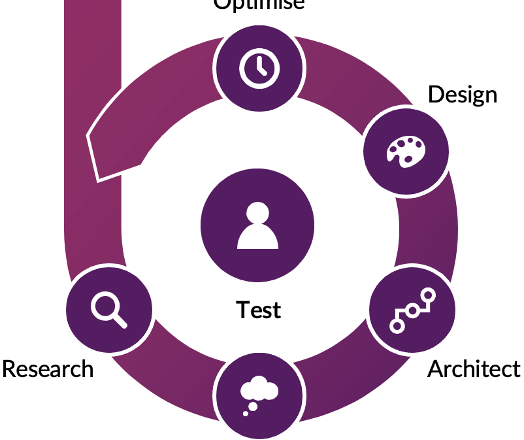As human beings, there are few things we find as engaging and exciting as stories. Since our earliest origins, storytelling has been a way for us to communicate with one another – just look at cave paintings, for example.

Fast forward thousands of years and there is an inordinate number of ways for us to communicate with one another. But the use of narratives hasn’t gone away. In fact, stories are one of the most powerful tools available to designers looking to create a successful user experience – whether this is online or off.
Humans are irrational beings; as much as we like to think we make our decisions objectively and based on fact, there is almost always an emotional response that pulls us one way or another. And the use of narrative and storytelling is a hugely effective way of eliciting such a response: they show the user that you understand their situation, and how your product or service “fits” within their own story.
Next week, I’ll be giving a talk in our Sheffield office about the effect narratives can have when it comes to creating great user experiences. I’ll reveal a few of the methods UX designers can use to create these stories and give some real-world examples of where narratives have shaped the way that a product or service has been designed (or re-designed), in order to successfully meet the audience’s requirements.
If you’d like to come along, please drop Jo Hutton an email.
At Bunnyfoot, we’re experts in using emotion and persuasion to create positive and effective user experiences, both online and off.
Want to learn more?
- Training Course: Designing for the Human Mind / Brain
- Blog: 5 Great Examples of Emotion in Design
- Training Course: Designing for Emotion





